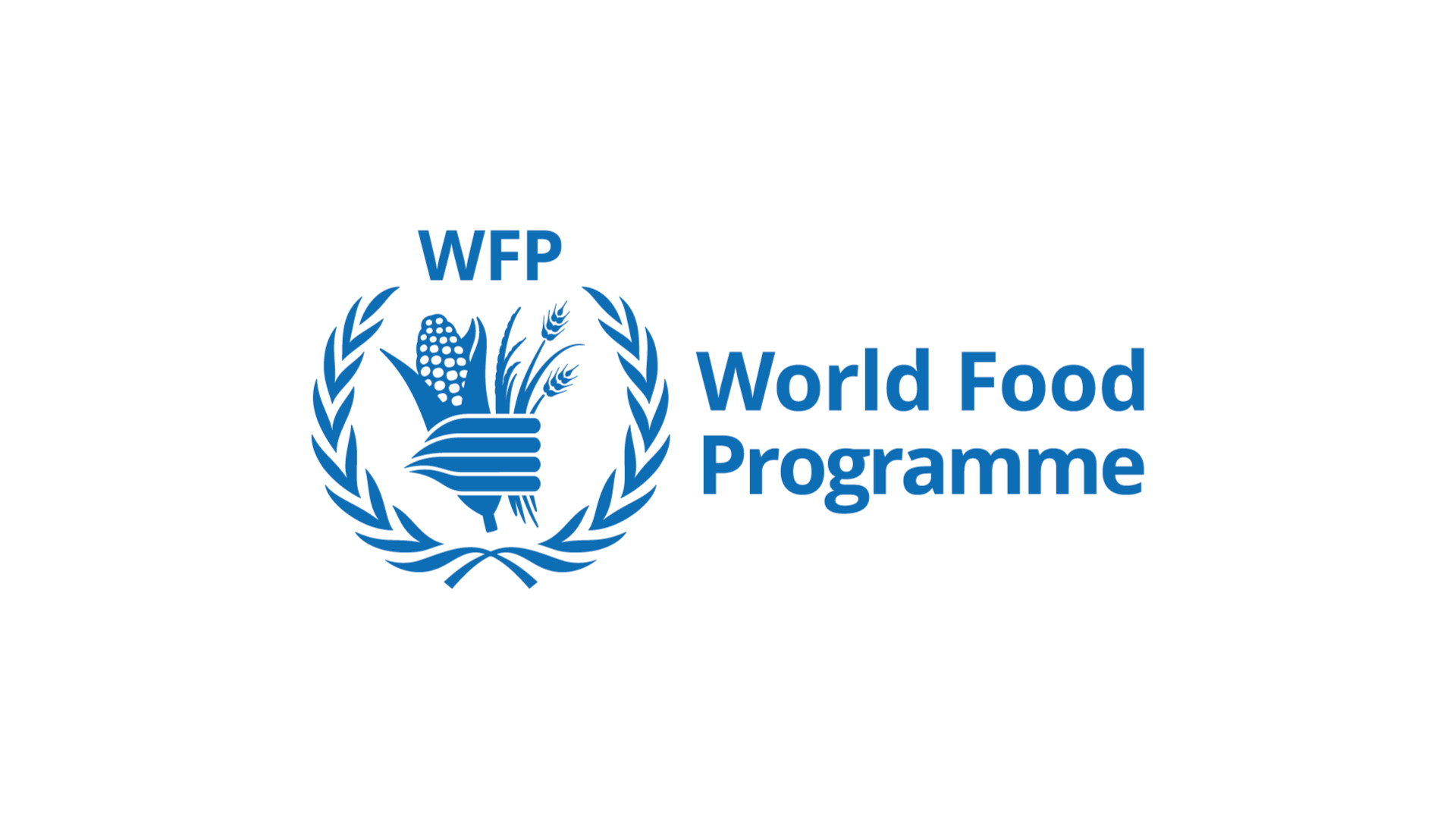
Due to a massive surge in food insecurity amid the Ukraine war, the World Food Programme has called for $1.1 billion to continue delivering monthly food and nutritional assistance for the next six months to 15 million acutely food-insecure people in Afghanistan.
“Our plan for winter is to provide food assistance to more than 15 million every month,” said Wahidullah Amani, WFP Afghanistan Spokesman, TOLOnews reported. The report highlighted the political developments, security, regional cooperation, human rights, and economic development in Afghanistan.
“The sudden stop of aid inflows … accompanied by political uncertainty, inadequate access to services and women’s exclusion from economic participation, continued to lead to slow growth,” the report added.
World Food Programme (WFP) and the United Nations Office for the Coordination of Humanitarian Affairs (UNOCHA) in Afghanistan condemned the ongoing economic crisis in Afghanistan as people in the country are on the brink of starvation and facing poverty.
In a tweet, OCHA in Afghanistan wrote, “19 M people are facing food insecurity, 25M people are living in poverty, 5.8M people are in protracted internal displacement, thousands of houses damaged by floods and earthquakes,” expressing concerns about the plight of Afghans, TOLOnews reported.
“To survive the winter, they require food, nutrition support, warm clothing & a roof over their heads,” tweeted OCHA.
Meanwhile, the World Food Programme has also raised concerns about the economic crisis in Afghanistan. “The economic crisis wiped out jobs, salaries & livelihoods across Afghanistan, helping families & communities support themselves is more important than ever,” wrote WFP on Twitter.
According to a survey, “nearly all Afghans (94 per cent) rate their lives poorly enough to be considered suffering” since the Taliban’s takeover of the country with a population of around 40 million, reported TOLOnews.
The rising crisis in Afghanistan has hit small enterprises the hardest and private companies have laid off more than half of their employees due to a shortage in sales and a drastic decline in the consumer demand for products.















